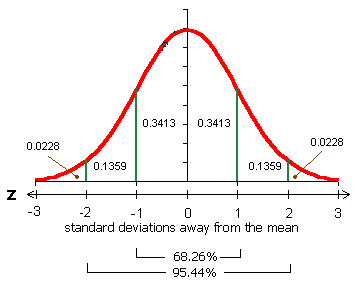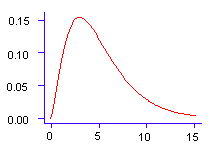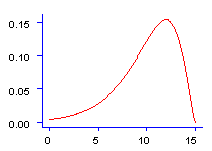Unit 4: Statistics & Test Construction
| Scales of Measurement: Nominal Scale: A set of categories for classifying people or objects (e.g., eye color, gender, political affiliation) Ordinal Scale: A scale indicating the order or relative position of items or people based on some criterion (i.e., 1st place, 2nd, 3rd, etc.) Interval Scale: Scale with equal distances between points, but with no true zero point (e.g., temperature, most psychological tests) Ratio Scale: Scale with equal distances between points and with a true zero point, thus we can say something is twice as much as something else (e.g., inches of rainfall, distance in miles, etc.) Measures of Central Tendency Mean: Arithmetical average calculated by dividing a sum of values by the total number of cases Median: Point that divides a set of scores in half. Mode: The most frequent score in a distribution of scores *Of these three measures, the MEAN is most affected by outliers or extreme scores. Measures of Variation Range: Difference between the largest and smallest scores in a distribution. Variance: A statistical average of the amount of dispersion around the mean in a distribution of the scores. It is the Standard Deviation squared. Standard Deviation: A statistical measure of the amount of dispersion in a set of scores. Specifically, it is the square root of the average squared deviations from the mean of a set of scores. It is simply the square root of the variance. *Of the three measures, the STANDARD DEVIATION is most affected by outliers. Distributions of Scores Normal Curve: Hypothetical, bell-shaped distribution of scores that occurs when a normal distribution is plotted as a frequency polygon. In a normal distribution, the mean, median, and mode are all equal and divide the distribution in half (the 50th percentile). Percentile Rank: Reflects the percentage of subjects who score lower than the subject in question |
The Normal Distribution
|


